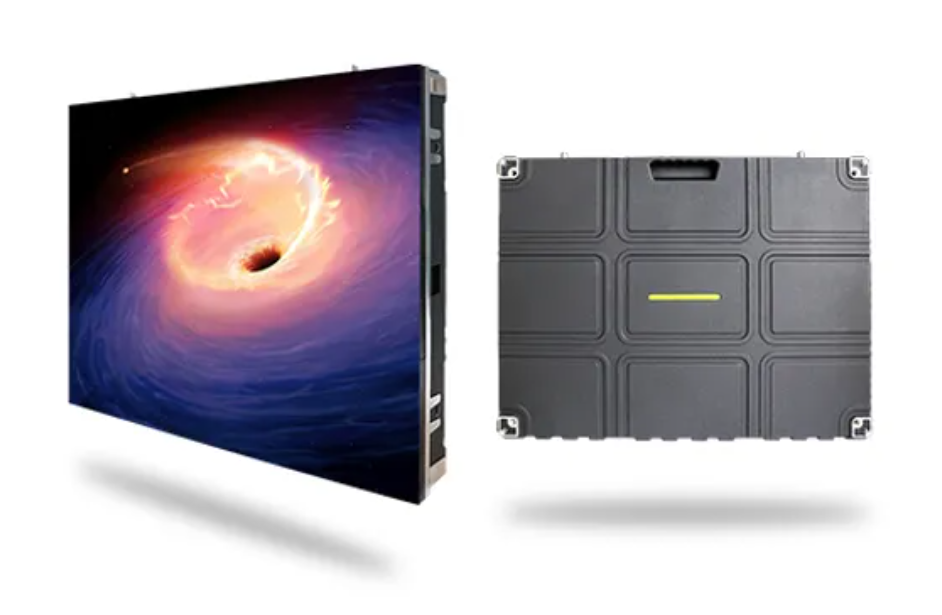
Get a Quote
Suitable LED Display Types for Different Performance, Uses, and Technologies
Understanding LED Displays
LED, short for Light Emitting Diode, is a semiconductor technology that emits light when an electric current passes through it. Its significance in displays lies in its energy efficiency, brightness, and durability. LED displays have permeated every aspect of our daily lives, from the small indicator lights on our smartphones to the towering billboards illuminating city streets.
Types of LED Displays
Text Display LEDs
Text display LEDs are designed specifically to showcase alphanumeric information in a static format. Commonly found in places like restaurants and stores, these displays are preprogrammed to exhibit fixed text, such as welcome messages or business hours. Their static nature and fixed display make them ideal for conveying specific information without the need for constant updates.
Image Display LEDs
Image display LEDs offer more versatility, capable of showcasing both images and text. Often seen in static billboards, these displays utilize advanced technology to present vivid visuals with clarity. Their ability to display dynamic content makes them suitable for advertising and promotional purposes in various settings.
Video Display LEDs
Video display LEDs excel in presenting high-resolution moving images, making them a popular choice for modern billboard advertisements. With their ability to captivate audiences with dynamic content, these displays are widely used in outdoor advertising campaigns, enhancing brand visibility and engagement.
Digital Display LEDs
Digital display LEDs focus on showcasing numeric values, commonly found in banking displays and digital clocks. Their simplistic yet effective design allows for easy readability of numerical information, making them indispensable in various applications where precise data dissemination is required.
LED Lattice Image Text Display
LED lattice image text displays combine the functionalities of text and image display, allowing for the simultaneous presentation of dynamic text and static images. Widely used in airports, concerts, and stadiums, these displays are versatile tools for conveying information in a visually engaging manner.
LED Display Technologies
Edge-Lit LED (ELED)
Edge-Lit LED technology involves the placement of LED lights at the edges of the display, directing light towards the center. This design ensures even illumination and is commonly found in budget-friendly LED displays, offering affordability without compromising quality.
Direct-Lit LED
Direct-Lit LED displays represent an advancement over ELED technology, featuring LEDs positioned behind the LCD screen to enhance brightness and contrast. The direct placement of LEDs ensures uniform illumination across the display, resulting in sharper and more vibrant visuals.
Full-Array LED
Full-Array LED displays boast enhanced brightness and color contrast by utilizing a greater number of LEDs that cover the entire back of the display. This technology introduces local dimming, allowing specific areas of the screen to adjust brightness independently for improved image quality and dynamic range.
RGB LED
RGB LED displays offer aesthetic and colorful illumination capabilities by incorporating red, green, and blue components. These displays utilize control mechanisms to produce a wide range of colors, making them ideal for applications where vibrant visuals are essential.
Organic LED (OLED)
OLED displays utilize innovative self-illuminating technology, eliminating the need for backlighting. With advantages such as thinness, infinite contrast ratio, and superior color accuracy, OLED displays deliver stunning visuals with unparalleled clarity and depth.
Quantum Dot LED (QLED)
Quantum Dot LED displays employ quantum dots technology to achieve enhanced color reproduction and energy efficiency. By replacing traditional phosphorus filters with red and green quantum dots, QLED displays produce more vibrant colors and sharper images while consuming less power.
Mini-LED and Micro-LED
Mini-LED and Micro-LED displays represent the evolution of existing display technologies, featuring smaller LEDs and inorganic materials. These advancements result in improved contrast, color accuracy, and energy efficiency, making them ideal for applications requiring high-performance visuals.
Conclusion
Choosing the right LED display type is crucial for ensuring optimal performance and effectiveness in various applications. Whether it's conveying information in a static format or captivating audiences with dynamic visuals, selecting the appropriate LED display technology can make a significant difference in achieving desired outcomes.
We invite you to consider EACHINLED for all your display needs. EACHINLED is committed to providing customers with the most suitable products and solutions tailored to their requirements. Whether you're looking to purchase or rent LED displays, EACHINLED offers a wide range of options to meet your specific needs. We understand the importance of selecting the right display technology for your application, and our team is dedicated to assisting you every step of the way.

